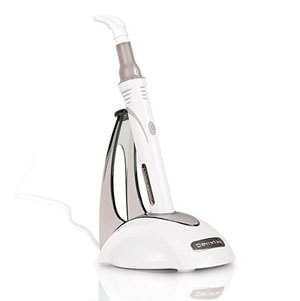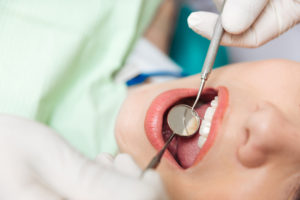Facial pain is often caused by nerve conditions, dental problems, and infections. The pain may result in headaches and other forms of injuries. Often, facial pain originates from different facial muscles. It may come from a specific part of the face or radiate from body parts such as the neck and the head. Doctors often categorize pain into the following categories:
- Dental Pain- dental pain often originates from teeth and gum problems
- Nerve Pain- this pain is also referred to as neuralgia, and it often originates from conditions that affect the facial nerves
- Temporomandibular pain- pain originating from the temporomandibular joint (TMJ) and jaw muscles.
- Vascular pain- this pain occurs mainly due to problems associated with blood flow and facial blood vessels
What Causes Facial Pain?
Different causes of facial pain; the most common causes include headaches, injuries, and TMJ disorders.
Headaches
There exist different headaches, such as cluster headaches and ice pick headaches. Some of these headaches can cause facial pain. These headaches include:
- Migraine headaches- These are sudden and severe headaches that may affect a specific part of the head. Most of these migraines come with the aura that precedes physical pain. It also includes sensory disturbances and aura that cause tingling and numbness that can cause facial pain.
- Cluster headaches – these headaches often occur suddenly and cause a burning pain around facial features such as eyes, nose and sometimes radiates to the back of the head.
- Ice pick headaches- these headaches cause a stabbing pain that affects eye sockets, temples, and another side of the head.
People that experience such recurring headaches that may cause facial pain.
Injuries
Facial pain can also originate from past injuries that affect the nerves. A patient involved in an accident that results in cuts and blows may experience facial pain. Cosmetic procedures may also lead to facial injuries that can lead to facial pain. Symptoms of facial injury include tingling or paralysis of the affected area.
TMJ disorders
The TMJ disorder is a common disorder that affects the mandibles and jawbone, connecting the jawbone to the skull. A person usually has at least two TMJs at either side of the head. TMJ disorder often causes pain whenever a person moves his jaw joints and muscles. Statistics by the National Institute of Dental and Craniofacial Research shows that at least 10 million United States citizen have the TMJ disorder. Signs and symptoms of TMJ disorder include the following:
- Stiff jaw muscles
- Jaw locking and difficulty while opening and closing the mouth
- Jaw pain that radiates to head, neck, and face
- Uncomfortable clicking and grinding that occurs when a person moves their jaws
TMJ pain may worsen when a patient chews, causing the Jaw to feel tender. Depending on the severity of a person’s symptoms. If the facial pain persists, a person may choose treatments such as:
- Taking over-the-counter pain relievers
- Resorting to stress reduction options
- Using a mouth splint
- Getting jaw alignment correction surgery
Trigeminal neuralgia
Trigeminal neuralgia pain disorder that affects the face’s trigeminal nerve can be a cause of facial pain. This chronic pain disorder affects the nerves that facilitate sensation to the lower Jaw, cheeks, scalp, and forehead. While trigeminal often affects one side of the face, there exists a chance that it can also cause pain on both sides.
The pain often comes suddenly when a person performs actions such as eating and brushing the teeth. The pain may persist for days as it becomes more intense. The main causes of trigeminal neuralgia include:
- Compressed trigeminal nerve
- Nerve injuries
- Underlying medical condition. This may include multiple sclerosis
Treatment may include avoiding common triggers, undergoing surgery, and taking antidepressants.
















